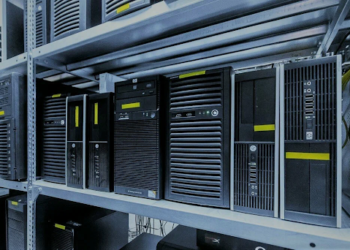If you’re using a mainstream provider like Comcast, you might think you’re already getting solid service—and maybe you are. But what if you could get better performance, more features, and pay less? Too many customers settle into a contract and forget to check if better deals are available. The truth is, comcast home internet offers a wide variety of packages, and not all of them are advertised on their front page. Whether you’re working from home, gaming, or streaming in 4K, it’s worth asking: is your current plan actually the best one for you? This guide will help you explore hidden offers, optimize your plan, and make sure you’re not overpaying for average service. Let’s unlock real value from your internet.
What’s Inside a Comcast Internet Package?
Most Comcast plans look similar at first glance—speed, pricing, and maybe some streaming perks. But dig deeper, and you’ll find layers: equipment rental, data caps, bundled services, promotional terms, and location-specific pricing. You might be paying for TV channels you never watch or cloud storage you don’t use. Understanding your bill is the first step to cutting it down. Break it apart line-by-line and see where your money’s actually going. Often, customers discover they can shave off $10–$30 a month just by adjusting or removing services they don’t need. Comcast gives options—you just have to know where to look.
The Loyalty Discount They Never Mention
Here’s a secret: ISPs save their best deals for people about to leave. If you’ve been with Comcast for over a year, there’s a good chance you can get a better rate just by asking. Say you’re considering switching, and their retention team will almost always offer you something—whether it’s lower monthly pricing, free upgrades, or temporary boosts in speed. Don’t wait for a special promotion—ask for one.
Bundles: Worth It or Waste?
Comcast aggressively markets bundles—TV, phone, streaming services, smart home gear. But more isn’t always better. If you already use streaming platforms or have a mobile plan, some of these bundles are redundant. Compare your current subscriptions with what’s offered in the bundle. Only add what you’ll actually use. A good bundle saves money; a bad one just pads your bill.
Timing Your Switch: When Deals Drop
Comcast frequently updates its pricing around major calendar events—back-to-school, holidays, and even tax season. This is when “flash offers” or unlisted rates become available. Sign up for email alerts, or call in during these periods to check what’s active. If you’re near the end of your contract, you have even more leverage. Use competitor prices as a bargaining tool and negotiate your way into a better offer.
Don’t Rent—Buy Your Own Equipment
Comcast charges monthly rental fees for routers and modems. Over time, this adds up—sometimes $150 or more per year. Instead, purchase a compatible router/modem. It pays for itself in 6–8 months and often delivers better performance. Plus, it gives you more control over your home network.
Data Caps and How to Avoid Overage Charges
Comcast plans often include a 1.2TB monthly data cap. Most people don’t hit this, but families or power users might. Exceeding it means overage fees. Consider unlimited data add-ons if you’re consistently going over. Or better yet, track your usage for a month and adjust your streaming habits, smart home settings, or background downloads. A little control goes a long way.
Conclusion – Find the Deal That Actually Works for You
You don’t have to downgrade to save—sometimes, switching plans within the same provider can unlock savings and better features. Review your contract, evaluate your true usage, and negotiate your rate. Comcast offers a range of packages—some great, some bloated. If you’re smart about timing, bundling, and hardware, you can land the best comcast internet deal available to you. Stop settling—make your internet work harder for your wallet.




